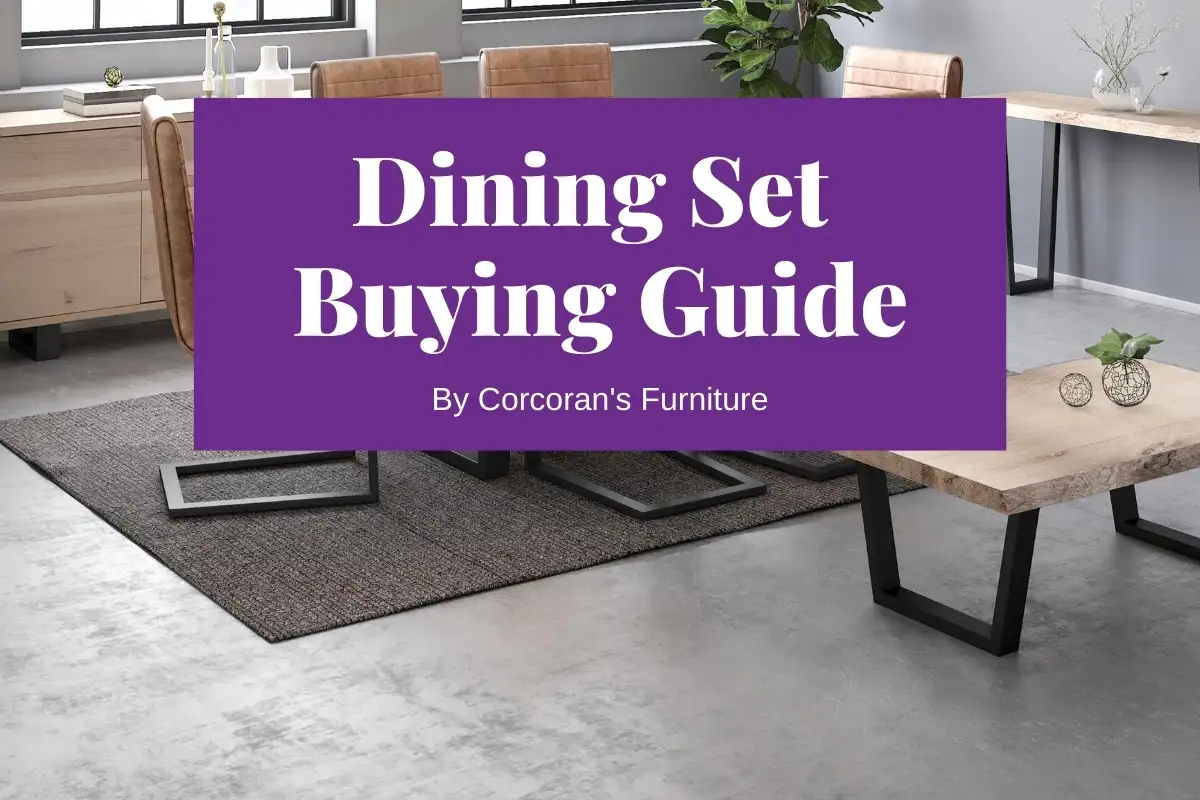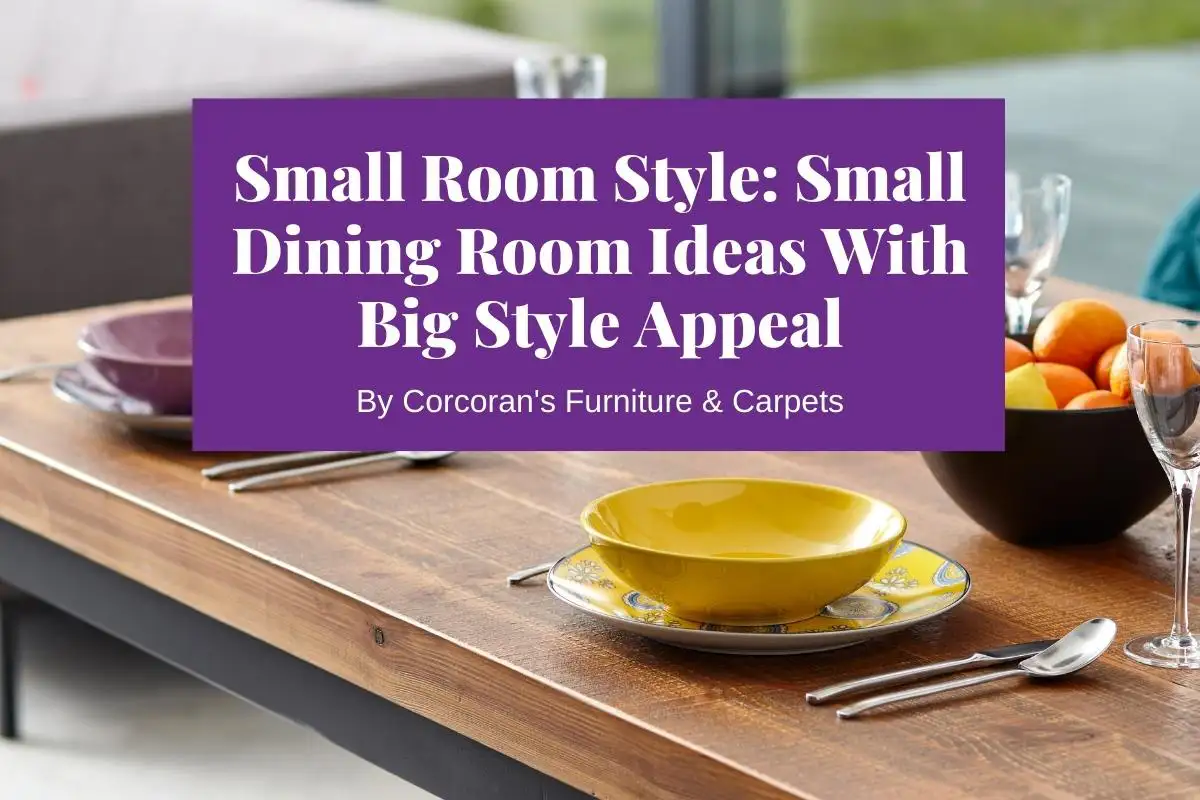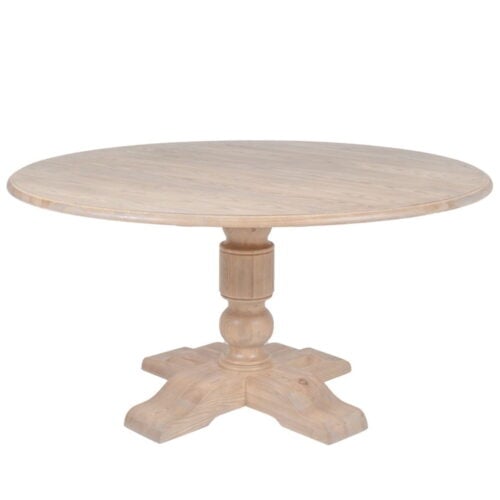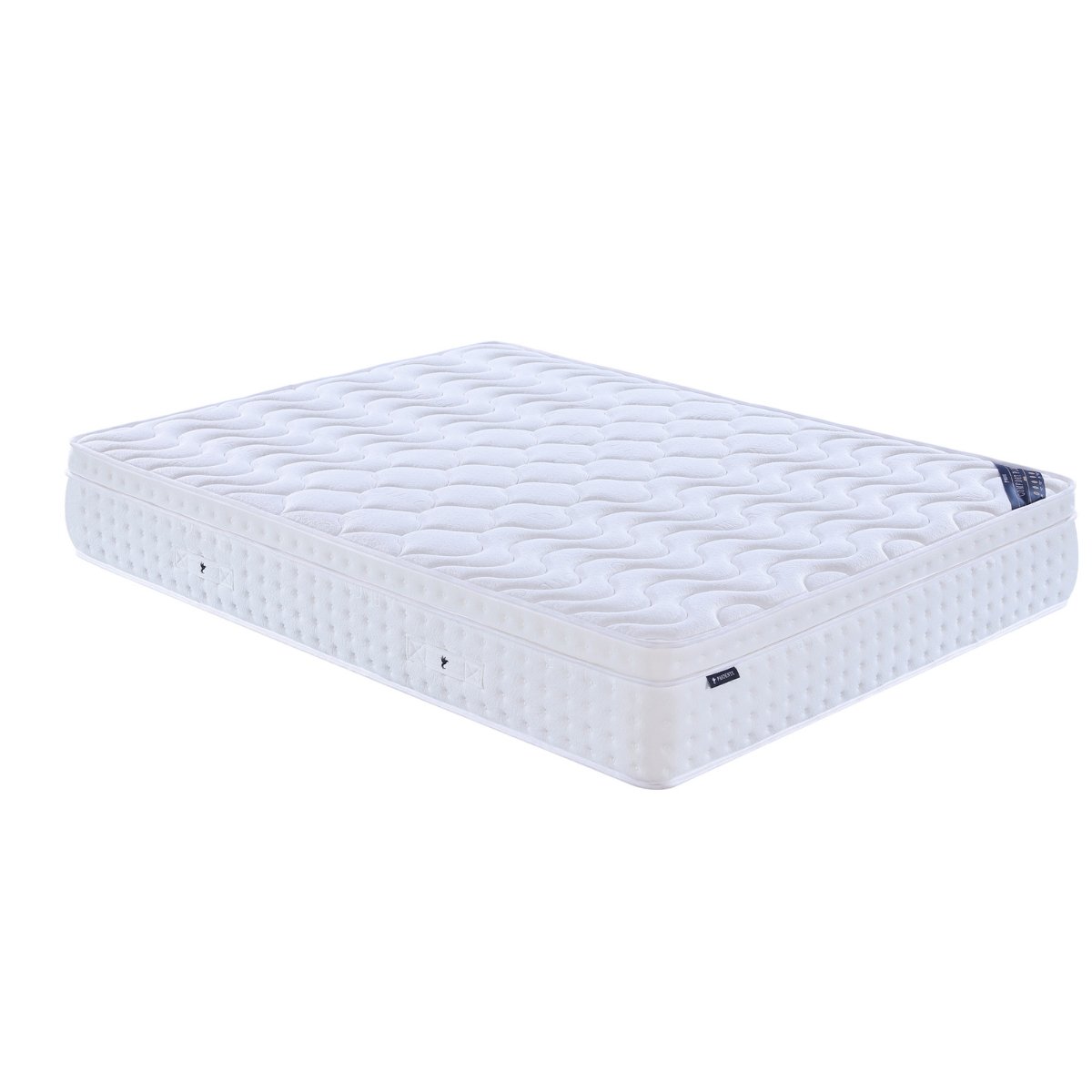Why Rug Material Matters
Rug shopping isn’t just about finding something that looks good and matches your curtains (though, admittedly, it helps). The real key to finding the perfect rug lies in understanding the materials it’s made from.
This often-overlooked detail can be the ultimate game-changer, influencing not only how your rug feels underfoot but also how well it stands up to daily wear and tear.
Whether you have a bustling household full of kids and pets or prefer a quiet, low-traffic space, the right rug material can make all the difference. It determines whether your rug will gracefully handle life’s little mishaps—spills, foot traffic, and the occasional muddy paw—or end up looking worn out and shabby in no time. Choosing wisely means investing in a rug that will retain its beauty and functionality for years to come. Or it can mean opting for a more affordable material that might not last as long but does the job it needs to within the budget available.
Key Rug Material Considerations
Let’s take a look at some of the most important factors when it comes to choosing your rug material.
Durability and Longevity
Unless your home is a museum where no one dares to tread, you’ll want rug material that can handle some wear and tear. Different rug materials will either roll with the punches or crumble under them. So, consider this before placing that plush, delicate silk rug under the dining table where spaghetti night reigns supreme.

Comfort and Texture
Rugs are supposed to be soft, cosy sanctuaries for your feet, not scratchy carpets reminiscent of a burlap sack. The rug material you choose will either make you want to walk barefoot forever or reach for the nearest pair of slippers.
Aesthetic Appeal
Not all rug materials are created equal in the looks department. Some are natural stunners, while others are, let’s say, more function than fashion. Depending on the vibe you’re going for, the material can make your living room look either like a chic Parisian apartment or a waiting room in a dentist’s office.
Maintenance and Care
If you’re the type who pulls the hoover out once in a blue moon, you might want to think twice about picking a high-maintenance rug material. Some rugs practically beg for attention, while others are fine being left alone—much like houseplants, only less likely to die than that cactus hanging out in your living room.
Now that you are enlightened on the key rug material factors for consideration, let’s take a look at the different rug materials available to you, alongside their pros and cons.
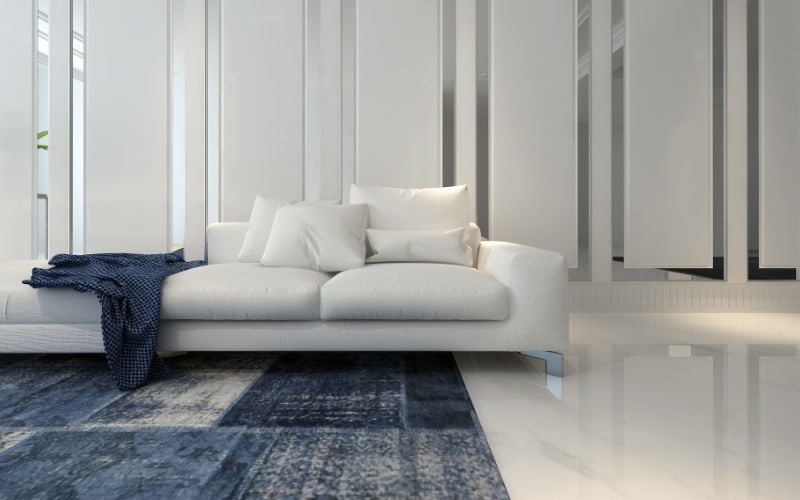
Wool Rugs
Ah, wool—the material that’s been keeping sheep warm and stylish for centuries. When it comes to rugs, wool is the gold standard, often seen as the jaguar of rug materials. It’s soft, durable, and has the kind of timeless appeal that never goes out of fashion. Just be prepared to pay for that luxury and possibly deal with a little shedding—because apparently, even after leaving the sheep, wool isn’t done shedding.
Pros
- Stain Resistance: As a rug material, wool naturally repels spills; think of it as a built-in defensive mechanism against your clumsy moments.
- Flame-Retardant: Wool won’t easily catch fire, so you can finally stop worrying about those candles you keep forgetting to blow out.
- Longevity: Wool rugs tend to outlast their synthetic counterparts, meaning you won’t have to replace them after every season like your wardrobe.
Cons
- Cost: As a rug material, wool doesn’t come cheap. It’s an investment—like buying a nice sofa, but one that you walk on.
- Shedding: Expect a little fluff here and there, especially when the rug is new. It’s like having a pet that you don’t need to feed but still have to hoover after.
- Cleaning: Wool rugs are divas. Sure, they’re durable, but when it’s time for a deep clean, you’ll sometimes need to call in the pros rather than handle it yourself.

Jute Rugs
If rugs were people, jute would be that eco-conscious friend who only drinks from reusable water bottles and casually mentions their composting habits in conversation. Jute is a natural plant fibre known for its sustainability and rustic charm. But before you get too excited, just remember that jute, like most plant-based diets, doesn’t exactly thrive under pressure, having only reasonable durability.
Jute as a rug material is a bit like that nice decorative pillow on your couch—it looks great, but it’s really not built to handle much. Sure, it’ll hold up in a low-traffic area like your sunroom, where people gently sip tea and admire your houseplants. But if you’re thinking of putting it in a hallway or living room, you might want to reconsider unless you want it to age faster than milk left out in the rarity of the Irish sun.
Pros
- Eco-Friendly: Jute is biodegradable and renewable, so it’s basically the planet’s best friend. You’ll feel good knowing you’ve made a sustainable choice in picking a rug material.
- Texture and aesthetics: Jute brings a rustic, earthy vibe to any room. It’s got that effortlessly cool, “I live close to nature” look.
- Affordable: Compared to wool, jute is a steal. It’s the kind of bargain that almost makes up for the fact that it can’t take too much of a beating.
Cons
- Prone to Stains: Spill your coffee on a jute rug, and it’ll soak it up like a sponge. It’s going to take a fair bit of dabbing with a paper towel to fix that.
- Less Soft: If you’re used to plush, luxurious rug materials, stepping on jute might feel like walking on a doormat. That’s because it kind of is.
- Moisture Issues: Jute and water are not friends. Place it somewhere damp, and your rug will start to break down faster than you can say “mildew.”

Polyester Rugs
Polyester rugs are like that popular new restaurant—they’re colourful, affordable, and get the job done, but you’re not exactly expecting Michelin stars. As a synthetic fibre, polyester offers vibrant hues and low prices as a rug material, but it’s not without its flaws (think fast food instead of fine dining). Perfect for people who want a rug that looks great—at least until it doesn’t.
Polyester can handle a decent amount of wear and tear, but don’t expect it to last a lifetime. It’s a bit like that budget couch you bought in college—it works for a while, but eventually, it starts to sag and lose its charm. So, if your rug is going to see a lot of foot traffic, prepare for it to flatten faster than a souffle in a draughty kitchen.
Pros
- Fade Resistance: As a rug material, polyester holds onto colour like it’s a treasured family heirloom. Even in sunny spots, your rug won’t fade, which is great for those who live in places where the sun occasionally makes an appearance.
- Stain Resistance: It’s no wool, but polyester does a decent job at resisting spills. This is especially handy if you enjoy red wine and have questionable balance.
- Affordable: Polyester is kind to your wallet. You can change up your rugs every few years without feeling like you’re breaking the bank—perfect for the commitment-phobic decorator.
Cons
- Prone to Flattening: After a few months in high-traffic areas, this rug material can start to look a little sad and deflated. It’s like the rug equivalent of a bedhead—except you can’t fix it with a comb.
- Less Breathable: Polyester doesn’t breathe as well as natural fibres. So, if your rug is sitting on top of hardwood floors, be prepared for some trapped heat or moisture underneath.

Nylon Rugs
Nylon rugs are comparable to the Energiser Bunny of floor coverings—they just keep going and going. Known for their resilience, nylon is the synthetic rug material that doesn’t mind being walked all over. In fact, it thrives on it. Perfect for those busy households where kids, pets, and chaos reign supreme.
If there were a prize for “Most Likely to Survive the Apocalypse” in the rug world, nylon would win. As a rug material, it’s tough, resists flattening, and can take whatever life throws at it—whether that’s muddy shoes, spilt juice, or your dog dragging itself across it like it’s auditioning for a spot on a carpet cleaning commercial.
Pros
- Crush-Resistant: Nylon bounces back. Literally. Unlike other fibres that get flattened faster than your optimism on Monday morning, nylon retains its shape even in high-traffic areas.
- Easy to Clean: Got kids? Got pets? Got a general disregard for keeping things spotless? Then nylon is the rug material for you. It’s easy to clean, which is a blessing when life inevitably gets messy.
- Wide Variety of Designs: From geometric patterns to solid neutrals, nylon rugs come in every style imaginable.
Cons
- Cost: For a synthetic fibre, nylon can be a bit pricey as a rug material. But, given its durability, you’re paying for longevity—like buying a pair of shoes that won’t fall apart after two wears.
- Not as Soft: If you’re looking for something plush and luxurious, nylon isn’t exactly the warmest, fuzziest rug material out there. Think more practical than indulgent.

Cotton Rugs
Cotton rugs are the casual, laid-back friend who shows up in runners to your wedding and somehow makes it work. They’re lightweight, soft, and perfect for spaces where durability isn’t a top priority. If you’re looking for something low-maintenance and comfortable, cotton rugs are your go-to. Just don’t expect them to age as gracefully as some other alternatives.
Cotton rugs are the definition of “easy come, easy go.” While they’re not going to last you decades like wool, it’s a great choice as a rug material for those who like to switch things up every couple of years. That said, high-traffic areas will wear them out faster than your patience in a long meeting.
Pros
- Affordable: Cotton rugs are budget-friendly, which makes them great for those of us who don’t want to sell a kidney to afford home decor.
- Machine Washable: For smaller rugs, you can just toss them in the washing machine. No need to hire a professional cleaner—your trusty Daz washing powder has got this.
- Soft Texture: Cotton feels gentle underfoot, making it a cosy choice for bedrooms, bathrooms, or any space where you might want to curl your toes into something soft.
Cons
- Fades Over Time: Like your favourite pair of jeans, as a rug material, cotton tend to fade with age and repeated washing. They start off looking vibrant but can end up looking a little “well-loved.”

Silk Rugs
If rugs had a red carpet event, silk would be the one wearing designer couture, dripping in elegance, and sipping champagne. These rugs are luxurious, soft, and, let’s be honest, a bit high-maintenance. While they can add a touch of glamour to any room, they’re not exactly built for a household where the idea of “careful” means “not dropping pizza on it.”
Durability is not silk’s strong suit. These rugs are more “look, don’t touch.” If you plan on walking all over it or placing it in a high-traffic area, you might as well be asking it to fall apart. Silk rugs are best for low-traffic areas where they can simply exist and be admired—much like art, but the kind that makes you nervous to breathe near it.
Pros
- Soft and Luxurious: There’s no denying the feel of a silk rug. It’s smooth, soft, and makes every step feel like you’re gliding across a cloud. If you’re looking to add a touch of elegance, silk’s got you covered.
- Beautiful Sheen: Silk has a natural shine that gives it a shimmering, almost magical quality. It catches the light in ways that make it seem like your floor is hosting a perpetual sunset.
- Perfect for Decorative Use: Let’s be honest, if you’re opting for silk as a rug material, it’s more about looking good than being practical. They’re best used in spaces where you want to impress your guests—but maybe don’t let them walk on it.
Cons
- Expensive: Silk rugs are an investment, and not the kind where you’re hoping for a big return. Be prepared to drop some serious cash for that glamorous sheen.
- Delicate: Silk is a fragile rug material. They’re like that person who refuses to go outside because it might rain. Silk is susceptible to damage from foot traffic, sunlight, and pretty much anything that isn’t just admiring it from a distance.
- Requires Professional Cleaning: Silk rugs don’t do well with DIY cleaning attempts. You’ll need to call in the pros to handle any stains or dirt, which means ongoing maintenance isn’t exactly a breeze.

Sisal Rugs
Sisal is similar to jute as a rug material;, but moreso like jute’s tougher, more responsible older sibling. Made from the fibres of the agave plant, sisal is known for being durable, eco-friendly, and just a little bit rough around the edges—literally.
If you’re looking for a rug material that can take a beating but still looks effortlessly natural, sisal is the answer. Just don’t expect it to be soft or forgiving on your feet.
When it comes to durability, sisal is like that reliable friend who helps you move house without complaining. It’s strong, resilient, and can handle whatever you throw at it—as long as “whatever” doesn’t include water. Sisal rugs are ideal for high-traffic areas, as long as those areas don’t involve mud wrestling or puddle jumping.
Pros
- Environmentally Friendly: Sisal is a natural, biodegradable fibre, making it an excellent choice for eco-conscious homeowners. You can feel good about your rug while you sit on your ethically sourced furniture and drink out of your reusable water bottle.
- Durable: Sisal is a tough rug material. Whether you’ve got kids, pets, or just a habit of dragging furniture across the floor, sisal can take it. It won’t break down easily under pressure—much like your favourite pair of hiking boots.
- Naturally Anti-Static: Sisal doesn’t create static electricity, which is a nice bonus if you’re tired of getting shocked every time you shuffle across the floor. Your socks will thank you.
Cons
- Prone to Water Damage: Sisal and water don’t mix. A spill could spell disaster for your rug, and moisture will cause it to warp faster than your patience during a conference call.
- Not Exactly Soft: Sisal is about as soft as your nan’s old couch that was covered in plastic. If comfort is what you’re after, you might want to look elsewhere. Walking on sisal barefoot is an experience—but not a particularly cosy one.
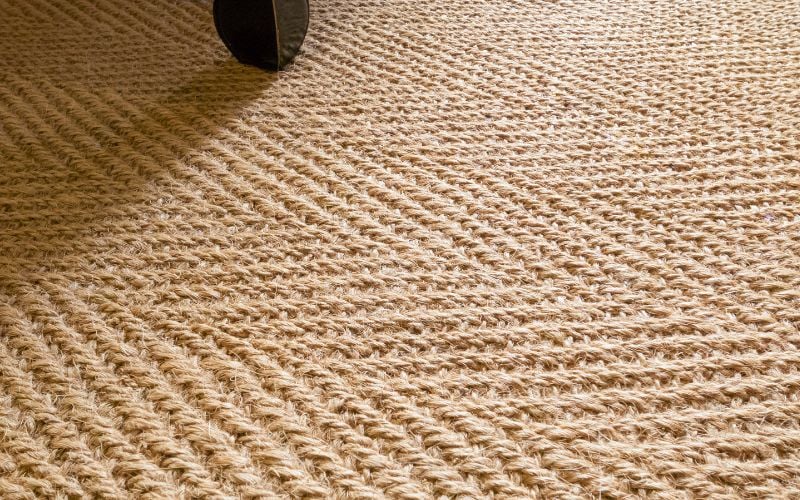
Acrylic Rugs
Acrylic rugs are like that person who tries to pass off cake as homemade. They look a lot like wool as a rug material but without the hefty price tag. Synthetic and budget-friendly, acrylic rugs offer a wool-like experience—minus the shedding and the occasional snooty price tag. But don’t be fooled; while they do a pretty good wool impersonation, they won’t win any longevity awards.
Acrylic rugs aren’t exactly the toughest on the block. They can handle moderate foot traffic, but don’t expect them to survive a stampede. Think of them as the “part-time” employee of rugs—there when you need them, but probably not around forever.
Pros
- Soft and Warm: Acrylic feels warm and cosy underfoot, giving you that wool-like sensation without needing to shear a sheep. It’s the perfect rug material for adding a bit of warmth to chilly floors without breaking the bank.
- Resistant to Moths and Mildew: Unlike wool, acrylic doesn’t attract moths like a buffet. It’s also mildew-resistant, so you don’t have to worry about your rug turning into a petri dish in humid conditions.
- Low Maintenance: Acrylic rugs are relatively easy to clean, so you won’t need to handle them with kid gloves. Just a simple vacuum or spot clean will usually do the trick, leaving you more time for…well, anything else.
Cons
- Prone to Pilling: Unfortunately, acrylic has a bad habit of pilling over time, especially in high-traffic areas. So if you’re thinking of placing it where people tend to gather, be prepared for it to start looking a bit like a well-worn sweater.
- Not as Durable as Other Synthetics: While acrylic is a decent wool substitute, it doesn’t hold a candle to tougher synthetic fibres like nylon. If you’re looking for something that will last through the ages (or at least a couple of years), you might want to reconsider.

Polypropylene Rugs (Olefin)
Polypropylene rugs, also known as olefin, are like that dependable friend who always shows up—even if they’re a little rough around the edges. These synthetic rugs are durable, affordable, and basically immune to stains and water damage, making them perfect for both indoor and outdoor use. Just don’t expect them to win any awards for softness—comfort is definitely not their strong suit.
Polypropylene rugs are tough. They’re the kind of rugs you can leave outside, spill drinks on, and walk across in muddy boots, and they’ll still come out looking respectable. If durability is what you’re after, this is the workhorse of the rug world. But, like any horse, don’t expect it to feel as soft and plush underfoot as some other materials. /p>
Pros
- Water and Stain-Resistant: Polypropylene laughs in the face of spills and moisture. Wine? No problem. Mud? Bring it on. It’s almost like the rug has a force field against anything that might ruin it.
- Affordable: These rugs are easy on your wallet, making them a great option if you need to cover a large space without taking out a second mortgage.
- UV-Resistant: If you’re looking for something to throw on the patio or porch, polypropylene is UV-resistant and won’t fade under the sun. It’s basically SPF for your floor.
Cons
- Not as Soft: Polypropylene is like the tough guy in the group—strong, reliable, but not exactly the type to offer a cosy hug. If you’re looking for something plush, you might be better off with wool or cotton.
- Can Flatten Over Time: In high-traffic areas, polypropylene rugs can start to look a bit deflated. It’s like the rug equivalent of losing volume after a blowout—not the worst thing, but not ideal either.

Comparison of Natural vs. Synthetic Rug Materials
Choosing between natural and synthetic rug materials is a bit like deciding between a gourmet meal and fast food. Both have their perks; it just depends on what you’re craving (or how much you’re willing to spend).
Natural Fibres (Wool, Jute, Cotton, Silk, Sisal)
- Eco-Friendly: Naturally sourced, biodegradable, and sometimes more expensive—like the organic aisle at the grocery store.
- More Maintenance: These materials often need a bit of extra TLC, meaning professional cleanings or handling with care.
- Luxurious Look and Feel: Natural fibres tend to look better and feel cosier—your feet will thank you, but your wallet might not.
Synthetic Fibres (Polyester, Nylon, Polypropylene, Acrylic)
- Durable and Low-Maintenance: These rugs are tough, easy to clean, and can survive just about anything—except maybe looking expensive./li>
- Affordable: Perfect for when you need something practical that won’t break the bank. Just don’t expect it to last forever./li>
- Less Environmentally Friendly: Made from chemicals, they’re not exactly a “green” choice—but hey, they’ll survive a coffee spill.

To sum up, when it comes to choosing a rug, the material is key. Whether you want a soft, luxurious wool rug to pamper your feet or a rugged polypropylene number that can survive the apocalypse, there’s a rug material for every lifestyle and budget. Just remember: high-traffic areas need durability, low-traffic areas can handle a bit of fancy, and always think twice before putting silk anywhere near spaghetti night.
Ready to find the perfect rug for your home? Check out our rug buying guide and learn everything you need to know to make the best choice! And when you’re ready to make that choice, yours truly will be waiting with our most stylish rug collection.
Nicola O'Sullivan holds the position of PR Manager and Interior Design Writer at Corcoran's Furniture, where she applies her sharp eye for interior design. She is in the process of earning a diploma from the globally recognised Interior Design Institute, further enhancing her expertise in the field.






